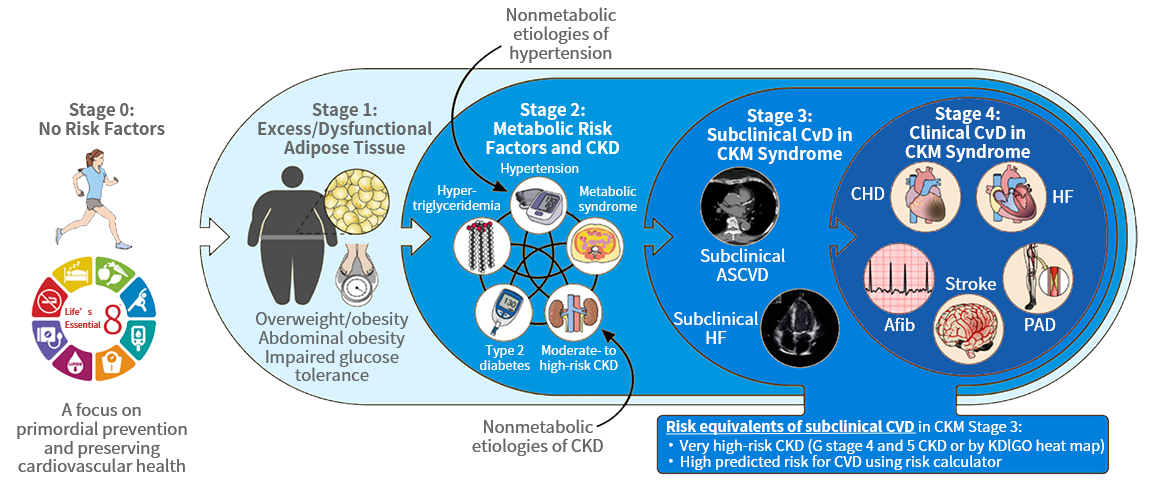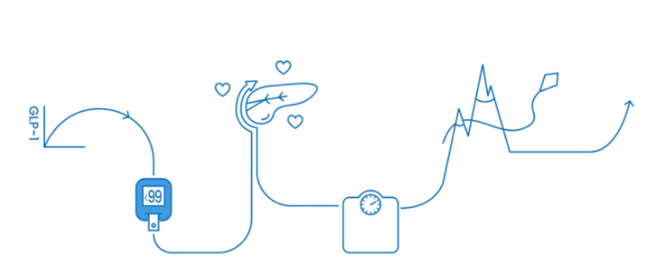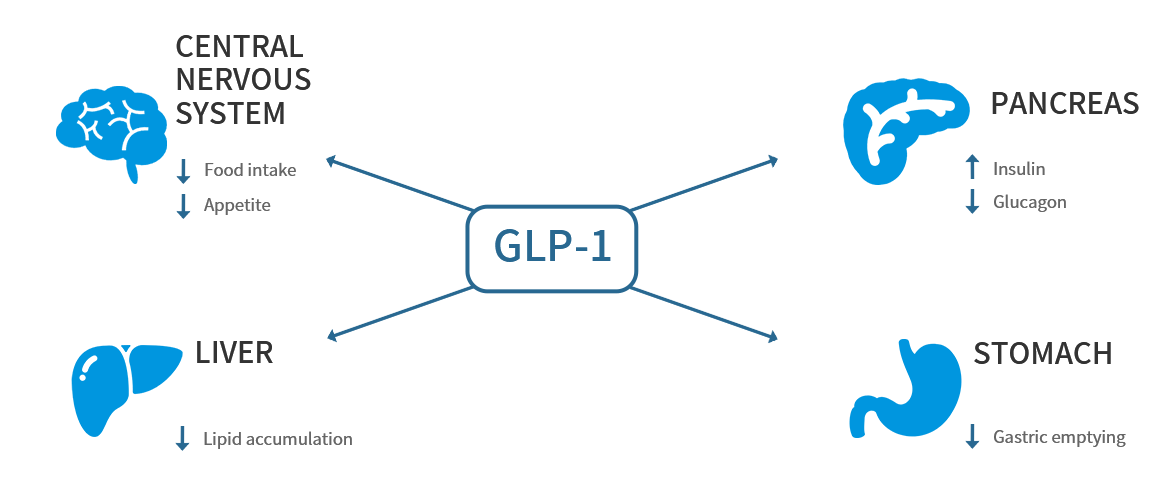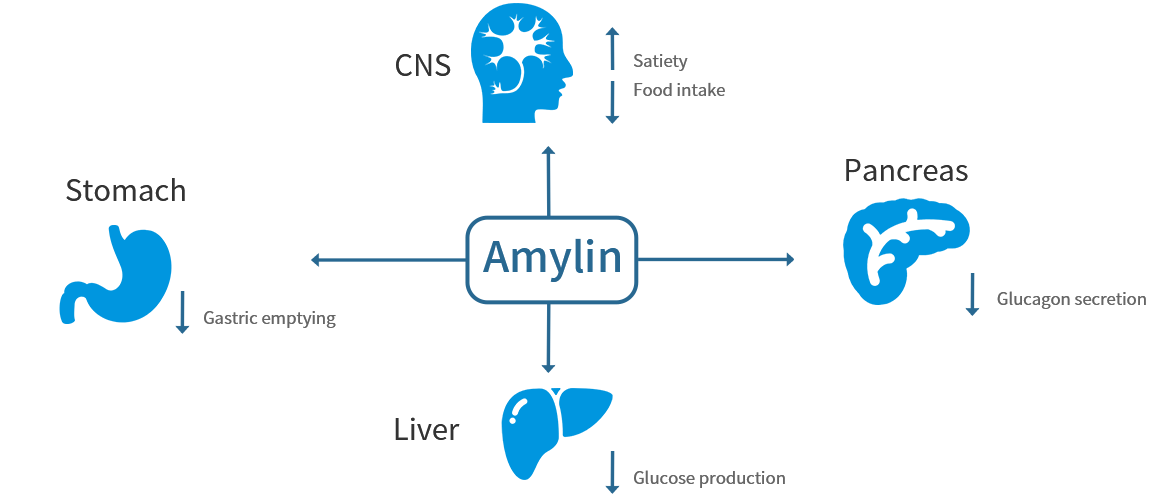Research Areas
Weight management and Obesity-related diseases
Weight management encompasses the clinical and therapeutic interventions designed to achieve and sustain optimal body weight to mitigate health risks. The therapeutic objective of weight management includes the treatment of overweight/obesity and prevention or treatment of obesity-related comorbidities.
Obesity represents a multifaceted health challenge with far-reaching implications across multiple organ systems. Obesity related diseases encompass a broad spectrum of conditions including cardiovascular disease, T2DM, MASH, OSA, dyslipidemia, hypertension, osteoarthritis, chronic kidney disease, musculoskeletal disorders, certain cancers and numerous other comorbidities.
Image source: Ndumele, Chiadi E. , et al. Circulation 148.20(2023):30.

Obesity
Overweight and obesity are defined as abnormal or excessive fat accumulation that presents a risk to health, putting chronic pressure on the metabolic system. Excess body weight can increase the risk of type 2 diabetes, MASH, and cardiovascular disease.
Research indicates a significant association between insufficient GLP-1 secretion and obesity. Even after significant weight loss, GLP-1 normalizes very slowly, making weight maintenance challenging. Treatment with GLP-1 receptor agonists can delay gastric emptying and increase the sense of fullness, thereby reducing food intake and leading to weight loss.

Type 2 Diabetes
Patients with type 2 diabetes have elevated or uncontrolled blood sugar and insulin resistance. Type 2 diabetes is closely associated with both obesity and MASH.
Treatment with GLP-1 receptor agonists in patients with type 2 diabetes leads to reduced insulin resistance and lower blood sugar, as well as weight loss.

Metabolic Dysfunction–associated Steatohepatitis (MASH)
MASH is liver inflammation and damage caused by fat buildup in the liver, representing the severe form of metabolic dysfunction — associated steatotic liver disease (MASLD) in people who drink little to no alcohol. Untreated MASH can progress to liver scarring, cirrhosis, and liver cancer. While symptoms including fatigue, weight loss, and upper abdominal pain may develop as the condition advances, MASH often remains asymptomatic for years.
GLP-1 may improve liver health through multiple mechanisms, demonstrating considerable potential in the treatment of MASH.

Obstructive Sleep Apnea (OSA)
OSA is asleep-related breathing disorder characterized by episodes of complete (apnea) or partial (hypopnea) collapse of the upper airway, leading to decreased oxygen desaturation or arousal from sleep.
OSA and obesity often coexist. Upper-airway collapse leads to intermittent hypoxia, which triggers sympathetic activation, increases appetite and promotes insulin resistance. Central obesity reduces pharyngeal airway calibre and contributes to OSA. Weight loss through lifestyle modification or pharmacotherapy (GLP-1 RAs) reduces AHI and improves both OSA and metabolic comorbidities.

Incretins
Incretins are peptide hormones with broad and beneficial effects on metabolism. They are produced by the body in response to food intake and then rapidly degraded.
Glucagon-like peptide-1 (GLP-1) is naturally released after a meal. The peptide acts on the digestive tract, liver, pancreas, and central nervous system to maintain physiological health.
GLP-1 receptor agonists have shown benefits in treating obesity, type 2 diabetes, and liver disease.

Amylin
Amylin is a 37-amino-acid peptide hormone produced by pancreatic β-cells and co-secreted with insulin. Amylin could reduce appetite and slow gastric emptying, amylin analogs increase satiety through distinct amylin receptors and enhance leptin sensitivity. Because endogenous amylin is short-acting, drug developers have created long-acting amylin analogs for chronic therapy.
By targeting distinct receptors and pathways, both amylin and GLP-1 are effective individually, but when combined, they provide enhanced weight loss outcomes while maintaining tolerability as demonstrated by clinical evidence. As a result, amylin serves as an ideal complement to both GLP-1 mono- and multi-target therapies, positioning it as a promising candidate for next-generation anti-obesity treatments.



